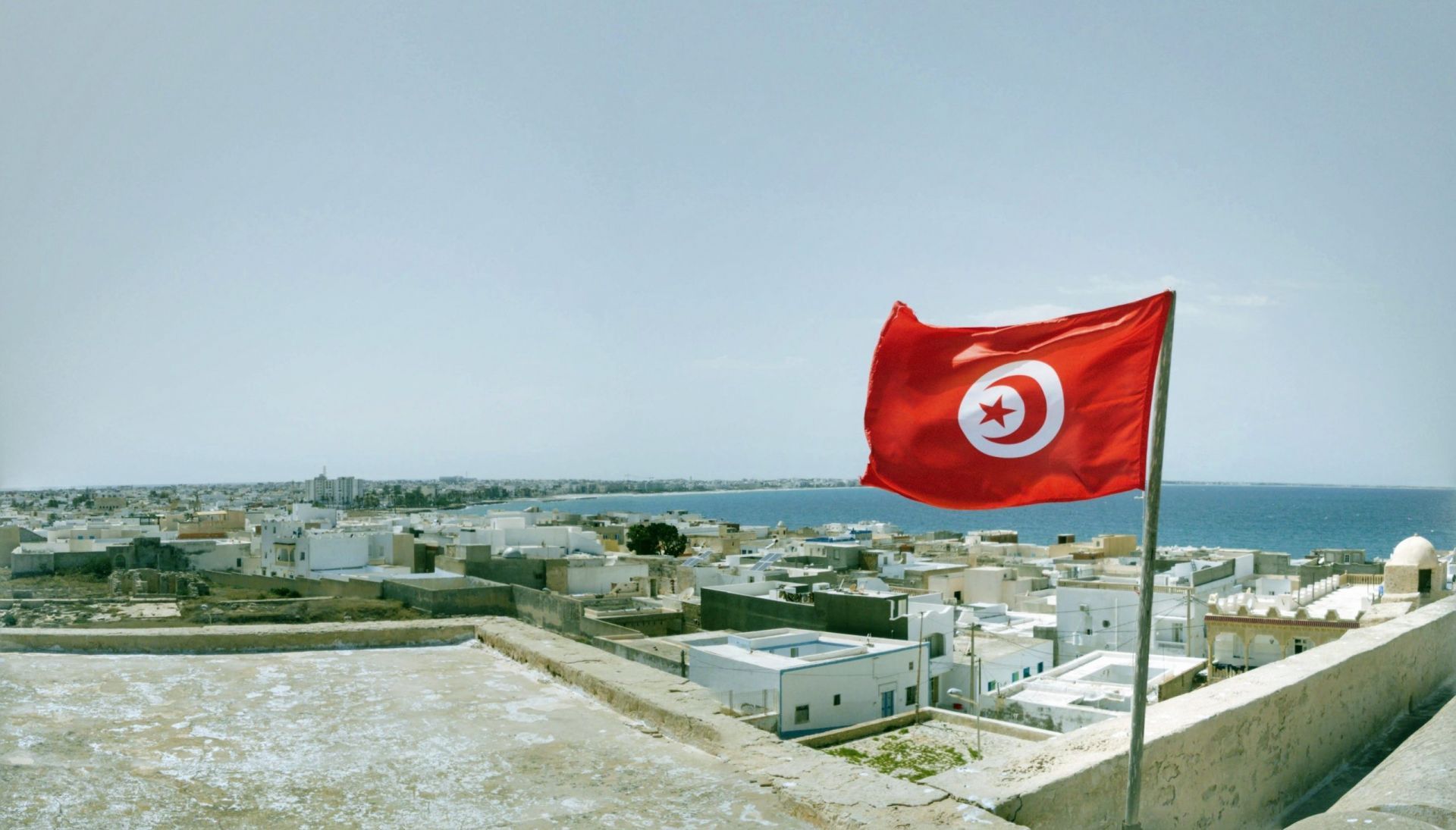Articles
Navigating the Shores of Hope: Migrants and the SeHeMe Project in Tunisia
19 September, 2023

by Ines Mansouri from PADIL
Since the early 2000s, Tunisia has undergone a profound transformation in its demographic landscape, marked by a notable influx of sub-Saharan migrants seeking refuge and opportunities on its shores. This demographic shift has redefined Tunisia’s role, evolving from a historically overlooked destination into a prominent transit point for those in pursuit of a better life in Europe.
Over the decade spanning from 2004 to 2014, the number of non-Tunisian nationals residing in Tunisia surged by an impressive 66%, witnessing an increase from 35,192 to 53,490 individuals. In the years 2016-17 alone, the number of migrants intercepted while undertaking the perilous journey across the Mediterranean nearly quadrupled. The tightening of European restrictions on regular migration played a significant role in propelling this rise in irregular migration, compelling individuals to explore alternative routes to Europe, with Tunisia emerging as a compelling option.
Subsequently, Tunisia has become a sanctuary for refugees and asylum seekers fleeing conflict and instability in neighbouring regions. Driven by a quest for security and hope, they arrive in Tunisia with diverse aspirations. Some seek improved opportunities within the country, while others consider Tunisia as a crucial stopover on their journey towards European destinations. The presence of these refugees and asylum seekers underscores the intricate tapestry of challenges that Tunisia grapples with as it endeavours to manage migrants, refugees, and asylum seekers. Beyond the statistics, this situation encapsulates human stories characterized by resilience, struggle, and aspiration.
Urgent Need for Humanitarian Assistance
As the number of migrants, refugees, and asylum seekers in Tunisia continued to rise, there emerged an urgent need for humanitarian assistance and support. Their voices resonated for weeks outside the United Nations High Commissioner for Refugees (UNHCR) headquarters in Tunis, where they articulated demands for dignity, protection, rights, and a viable pathway out of Tunisia. These peaceful demonstrations unveiled only the surface of a much deeper crisis, one that underscores the intricate complexities and challenges inherent in managing the arrival and stay of diverse people, each with unique stories, needs, and dreams.
The SeHeMe Project: Illuminating Paths Forward
Amidst these multifaceted challenges, the plight of migrants and asylum seekers took a harrowing turn in July 2023. Tunisian security forces collectively expelled hundreds of sub-Saharan migrants, including children and pregnant women, to a remote and militarized buffer zone at the Tunisia-Libya border. These individuals, encompassing varying legal statuses within Tunisia, experienced expulsion without due process, often reporting instances of violence during arrest and expulsion. These expulsions transpired against a backdrop of heightened tensions in Sfax, where campaigns advocating for the departure of “sub-Saharan foreign” had escalated into attacks and clashes, leading to tragic fatalities and unsettling displays of aggression.
In the face of these complex and pressing difficulties, the SeHeMe project emerges as a beacon of hope. Through the SeHeMe project, young migrants and refugees will discover a communicative medium that enables them to express themselves within their host country.
The “Home and Away” online magazine will amplify their voices with authenticity, free from disinformation or propaganda, as the content derives directly from their experiences. This empowerment equips them with the motivation and tools to engage actively in host societies, ranging from local engagement to global outreach. This newfound voice and visibility foster empathy and solidarity among host communities, as they come to comprehend the challenges faced by these resilient individuals. It underscores that media should be inclusive, representing the voices of all residents, regardless of ethnicity or religion.
Furthermore, the SeHeMe project embraces a robust entrepreneurial path, wherein migrant participants are integrated into all facets of the newspaper, enabling them to enhance their social standing through increased employment and professional opportunities.
